Slipping into character – understanding the impact of narrative point of view (Sophie Playle)7/9/2017
Point of view can be difficult to master if you've not studied novel craft. My friend and colleague Sophie Playle has. She's an outstanding developmental editor who knows how to help writers get the big-picture stuff right. Today, she takes you through the fundamentals of narrative point of view so you (and your reader) know who's telling your story.
Over to Sophie ...
As an author, you have a lot of decisions to make when it comes to putting the ideas you have for your novel down on paper. Where should you start the story? Which characters should you focus on? Should you write in past or present tense? Third or first person? The possibilities are overwhelming.
It seems counterintuitive, but narrowing your options can be quite freeing. Once you’ve eliminated the paralysis of infinite choice, you can focus your creativity. Choosing the viewpoint from which you tell your story is one decision you should certainly consider. It doesn’t matter whether you think about this before you start writing or during the redrafting stage. Either way, by deliberately and purposefully aligning your narration with a particular character, you’ll be able to:
When a novelist hasn’t considered the point of view from which they’re telling their story, it makes things a lot harder for the reader. The story might lack focus, the characters might feel at arm’s length, and the writing style could fall flat. If you struggle with any of these issues, considering point of view could be the answer.
What is ‘point of view’ in fiction?
Let’s start with the basics. When we talk about point of view in fiction, we’re talking about the position from which the events of the novel are being observed or experienced. It’s essentially where you’ve decided to place the lens through which a reader accesses your story. [My writing] students talk about 'point of view' […] as if it were mechanical, when in fact it refers to the hardest and most thrilling thing we do—becoming someone else, becoming that person so thoroughly that if we’ve decided the person is nearsighted, we’ll imagine the room in a blur as soon as she takes off her glasses; if we’ve made him so jealous he can kill, we’ll feel mad rage down to our tingling fingertips when his girlfriend looks at another man.
Alice Mattison, The Kite and the String
But before we get into the details of slipping into character, we should back up a little. There are many narrative layers to a novel, and it’s useful to understand them.
Narrators, not authors, tell stories.** The difference is subtle, but important. If the author tells a story, the reader knows it’s made up. But if the narrator tells the story, it’s much easier for the reader to willingly suspend their disbelief and immerse themselves in what the narrator is saying. When you write, you – as the author – should disappear. Instead, you channel the narrator. The narrator can either be a character in the story or a disembodied observer. Either way, you see what they see, hear what they hear, and smell what they smell as they experience the events of your story. And depending on the type of narrator you’ve chosen to use, the narrator can also slip in and out of the perspective of your viewpoint character (or characters), experiencing the world through their body and mind, expressing those experiences using their language and style. I admit, it’s a little confusing to wrap your head around. So let’s take a quick look at the most common types of narration and the implications each can have on your writing, and hopefully all will become clear.
The different types of narration
FIRST PERSON First-person narration is when a character is telling the story from their own perspective and uses the pronoun ‘I’. Unless the character is telepathic, they will only be able to express the events of the novel from their own point of view and have knowledge of things only they have experienced. If they learn things from other characters, this knowledge will be filtered through (and potentially distorted by) their interpretation. Pros
Cons
EXAMPLE: If you really want to hear about it, the first thing you'll probably want to know is where I was born, and what my lousy childhood was like, and how my parents were occupied and all before they had me, and all that David Copperfield kind of crap, but I don't feel like going into it, if you want to know the truth. In the first place, that stuff bores me, and in the second place, my parents would have about two hemorrhages apiece if I told anything pretty personal about them.
J. D. Salinger, The Catcher in the Rye
THIRD PERSON OBJECTIVE
Third-person narration refers to characters as ‘he/she/it’. Third person objective is used when the point of view from which the story is told is like a floating camera following the characters around. The narrator is almost invisible as it won’t express any thoughts and emotions and can only report on sensory experience – what could be seen, heard or smelt by any onlooker. There is no direct access to the thoughts and emotions of the characters, other than what can be interpreted by their dialogue and actions. This viewpoint isn’t normally used over the course of a whole novel, and it can be blended with third-person subjective (see below). Sometimes new writers will inadvertently use this viewpoint if they’ve taken the advice ‘show, don’t tell’ to an ill-considered extreme! Pros
Cons
EXAMPLE: Spade rose bowing and indicating with a thick-fingered hand the oaken armchair beside his desk. He was quite six feet tall. The steep rounded slope of his shoulders made his body seem almost conical—no broader than it was thick—and kept his freshly pressed grey coat from fitting very well. Miss Wonderly murmured, “Thank you,” softly as before and sat down on the edge of the chair’s wooden seat.
Dashiell Hammett, The Maltese Falcon
THIRD PERSON SUBJECTIVE (OR LIMITED)
Unlike with third person objective, the reader has access to the thoughts and emotions of the viewpoint character. The story is told only through one viewpoint character’s perspective at a time. We see, hear, smell, taste, feel and think what they do; the narrative is written in the character’s voice; and the reader can know only what the character knows. Third person subjective narration can be blended with third person objective narration to varying degrees. If the narrative is slightly more objective, the character’s direct thoughts might be made visually distinct from the main narrative by either being presented in italics or quote marks; if the narrative is very much subjective, separating direct thoughts isn’t necessary because the whole narrative is written from the direct perspective of the character. Jumping from one viewpoint character to another in close succession is known as head hopping and can be very confusing for the reader. It’s advisable to stick to one viewpoint character at a time. Pros
Cons
EXAMPLE: It was almost December, and Jonas was beginning to be frightened. No. Wrong word, Jonas thought. Frightened meant that deep, sickening feeling of something about to happen. Frightened was the way he had felt a year ago when an unidentified aircraft had overflown the community twice.
-- Lois Lowry, The Giver
OMNISCIENT
With omniscient narration, the narrator knows everything and isn’t limited to the viewpoint of any single character. An omniscient narration could be written in present or past tense, and use first or third person; they could be a character in the story (like a god or an enlightened person), or they could be an observing nonentity. Completely omniscient viewpoints are difficult to pull off well and have fallen out of fashion. Pros
Cons
EXAMPLE: Margaret, the eldest of the four, was sixteen, and very pretty, being plump and fair, with large eyes, plenty of soft brown hair, a sweet mouth, and white hands, of which she was rather vain. Fifteen-year-old Jo was very tall, thin, and brown, and reminded one of a colt ... Elizabeth – or Beth, as everyone called her – was a rosy, smooth-haired, bright-eyed girl of thirteen, with a shy manner, a timid voice, and a peaceful expression, which was seldom disturbed ...
— Louisa May Alcott, Little Women
Omniscient narration is quite complex, so let’s go into a little more detail. Omniscient narration can never truly be all-knowing because of the limitations of the nature of writing and reading: words must be read in order, so experiences must be felt in a linear way, which is not the same as having all knowledge in your head simultaneously.
Because of this, as with all writing, the issue is that of choice: what information does the omniscient narrator choose to divulge at any given time and, more importantly, why? Jumping from one viewpoint character to another (head hopping) should still be kept to a minimum to avoid confusion, and using an omniscient narrator is not an excuse for using this device in an uncontrolled way!
How to choose the right viewpoint for your novel
Choosing which type of narration to use will depend on the kind of effect you want to create, and the kind of knowledge-handling your plot requires. When deciding which point of view to choose, ask yourself the following:
These might not be simple questions to answer, but if you can figure out which answers are most important to you, you should be able to decide which narrative form and which character’s or characters’ viewpoints will allow you to tell the type of story you want to tell. How to control the POV in your story Once you’re aware of the issues of point of view, it’s surprisingly easy to control it and avoid confusion and inconsistency. All it takes is a little logical thinking, depending on your answers to the following questions:
Once you’ve answered these questions, it should be simple to use your chosen viewpoint in a consistent and focused way. How to handle multiple viewpoints Should you have multiple viewpoints in your novel? It’s really up to you – and will depend on the type of story you want to tell and the effects you want to create. The main advantage of sticking to one viewpoint is that it allows you to explore it in greater depth; the main advantage of using multiple viewpoints is that it allows you to explore the events of the novel in greater breadth. Switching the POV often makes it harder for the reader to really get to know a character. It’s the equivalent of going to a party and talking to a different person every twenty minutes. My advice is to keep your number of viewpoints to a minimum. Use only what the story needs – not what you feel like writing. If you have two narrators or characters telling the same story, you need a very good reason for it. When using multiple viewpoints, it’s imperative to make the switch between them seamless and clear. It’s best to start a new chapter or scene when switching viewpoints; at the very least, start a new paragraph. Whichever method you choose, keep the pattern consistent. Don’t just have one chapter in which there are multiple switches when all your other chapters stick exclusively to one viewpoint. Summing up The way you chose to narrate your story will have an impact on how your story is read. Different narrative styles allow you to create different effects. Choosing viewpoint characters brings focus, tension and originality to your writing. Controlling the point-of-view elements in your novel and learning to slip into character is one impactful way to become a better writer and write better books.
Further reading from Sophie
* One crucial thing you probably didn't realize about point of view ** Whose story is it anyway? How to choose your narrator
Sophie Playle runs Liminal Pages, where she offers editorial services to authors and training to fiction editors. Want a freebie with absolutely no strings attached? Sure thing. Click here to download ‘Self-Editing Your Novel’.
Louise Harnby is a fiction copyeditor and proofreader. She curates The Proofreader's Parlour and is the author of several books on business planning and marketing for editors and proofreaders.
Visit her business website at Louise Harnby | Proofreader & Copyeditor, say hello on Twitter at @LouiseHarnby, or connect via Facebook and LinkedIn. If you're an author, you might like to visit Louise’s Writing Library to access my latest self-publishing resources, all of which are free and available instantly.
0 Comments
Your comment will be posted after it is approved.
Leave a Reply. |
BLOG ALERTSIf you'd like me to email you when a new blog post is available, sign up for blog alerts!
TESTIMONIALSDare Rogers'Louise uses her expertise to hone a story until it's razor sharp, while still allowing the author’s voice to remain dominant.'Jeff Carson'I wholeheartedly recommend her services ... Just don’t hire her when I need her.'J B Turner'Sincere thanks for a beautiful and elegant piece of work. First class.'Ayshe Gemedzhy'What makes her stand out and shine is her ability to immerse herself in your story.'Salt Publishing'A million thanks – your mark-up is perfect, as always.'CATEGORIES
All
ARCHIVES
July 2024
|
|
|
|


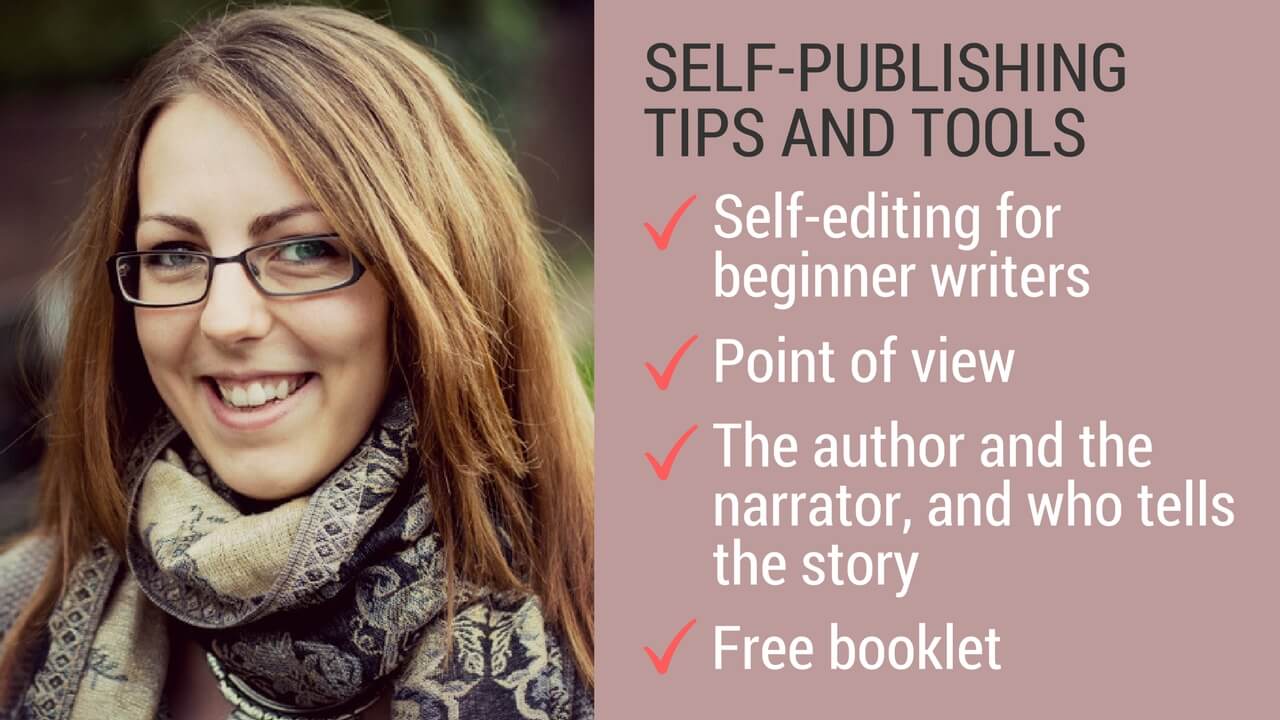
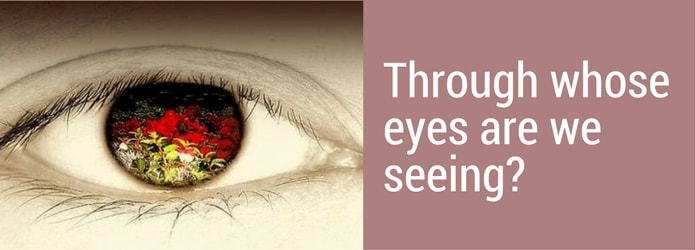
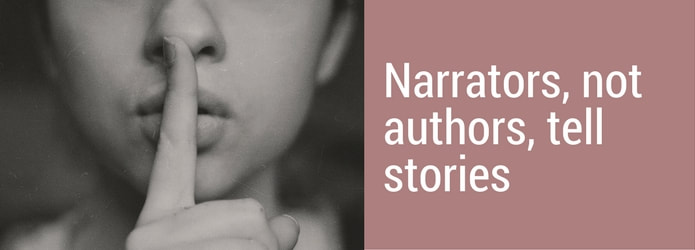
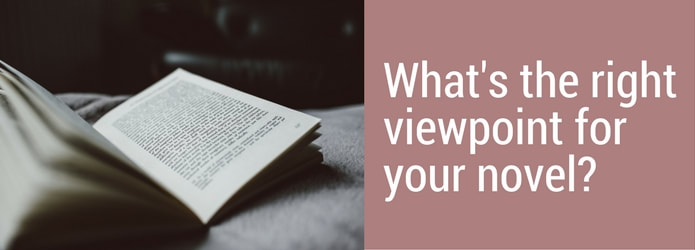
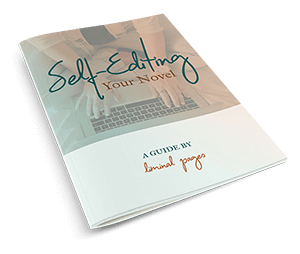













 RSS Feed
RSS Feed





